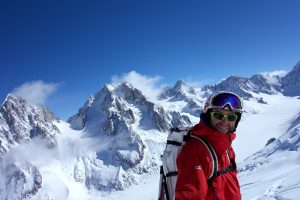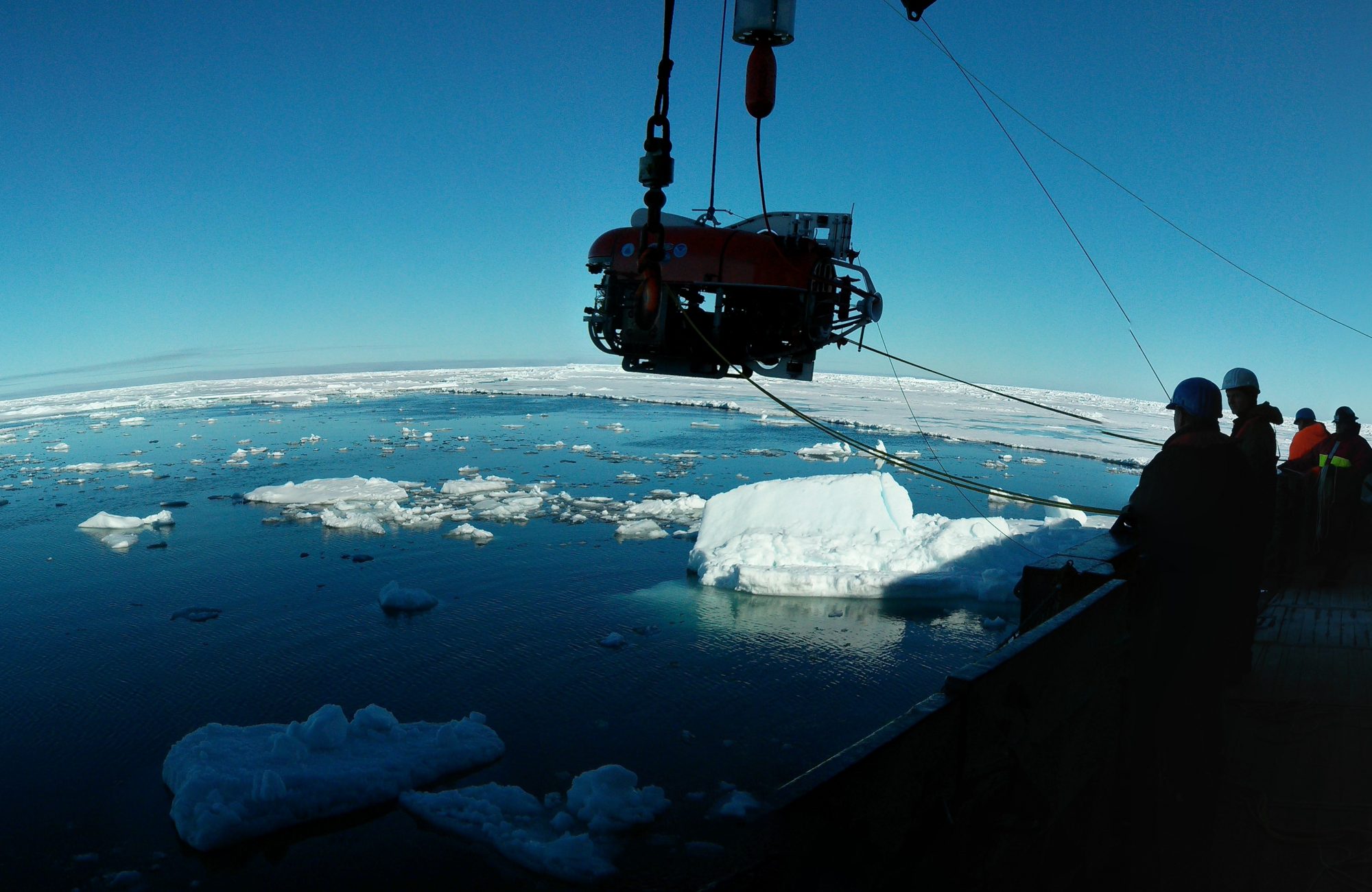
Zak Harris
PhD Student
70 Krieger Hall
zharris7 [at] jhu [dot] edu
Research
Contents
My current research focuses on model-based state estimation and model identification of small, low-cost underwater vehicles (UVs). Specifically, I am utilizing cooperative navigation, a combined acoustic communication and navigation technique developed in the late 2000s, for localization of UVs not equipped with a Doppler velocity log (DVL). Our approach is to utilize a model of the second-order nonlinear dynamics of the submerged vehicle, along with IMU and depth observations, in a delayed-state extended Kalman Filter (EKF) to estimate the 12-DOF position of the submerged vehicle.
Please see my recent publications for more information.
Education
2011 B.S. Webb Institute, Naval Architecture and Marine Engineering
Publications
My full PhD Thesis is available here
See my Google scholar profile for an updated list of my recent publications.
Awards
ASEE National Defense Science and Engineering Graduate (NDSEG) Fellowship (2014-2017)
Bowles Family Fellowship JHU Mechanical Eng. Dept (2013)
American Bureau of Shipping award for best Webb senior thesis in any technical field (2011)
William H. Webb Scholarship (2007-2011) — full tuition scholarship
Marine Technology Society ROV Scholarship Runner-Up (2010)
American Society of Naval Architects Scholarship Winner (2010)
Marine Technology Society ROV Scholarship 1st Prize Winner (2007)
Past Work
I worked for SAIC (now Leidos) from 2011 to 2013 as a systems engineer. I was the lead engineer on the Vessel Management System and Power Management System for a 40m unmanned surface vehicle (USV) for the DARPA Anti-submarine warfare Continuous Trail Unmanned Vessel (ACTUV) project. The completed vessel is now christened “Sea Hunter.” I also assisted a principal systems engineer, Dr. Bryan Coles, in the development of a novel simulation of photon propagation underwater using a Monte Carlo approach in support of an ultra-high bandwidth, free-space, subsea optical communications program. The simulation yielded interesting results on the temporal and spatial distribution of photons, especially for photons that encountered multiple forward scatter (MFS) events. We did a rudimentary experimental evaluation of the simulation, but a full evaluation is yet to be completed.
